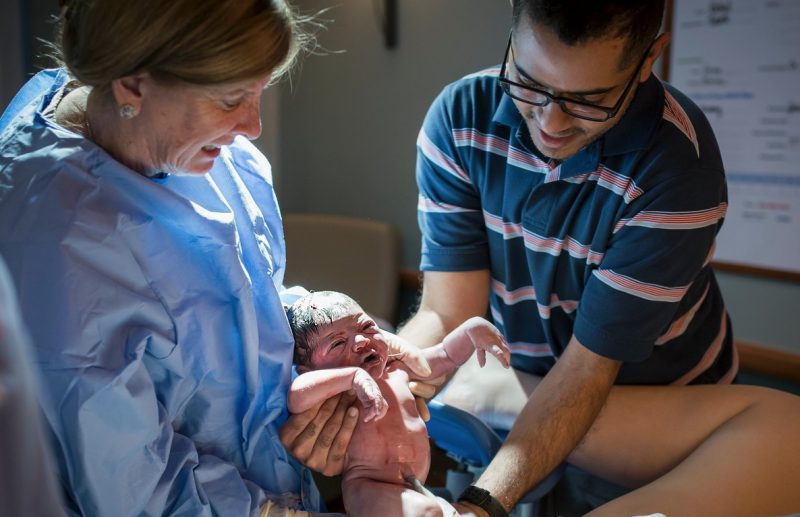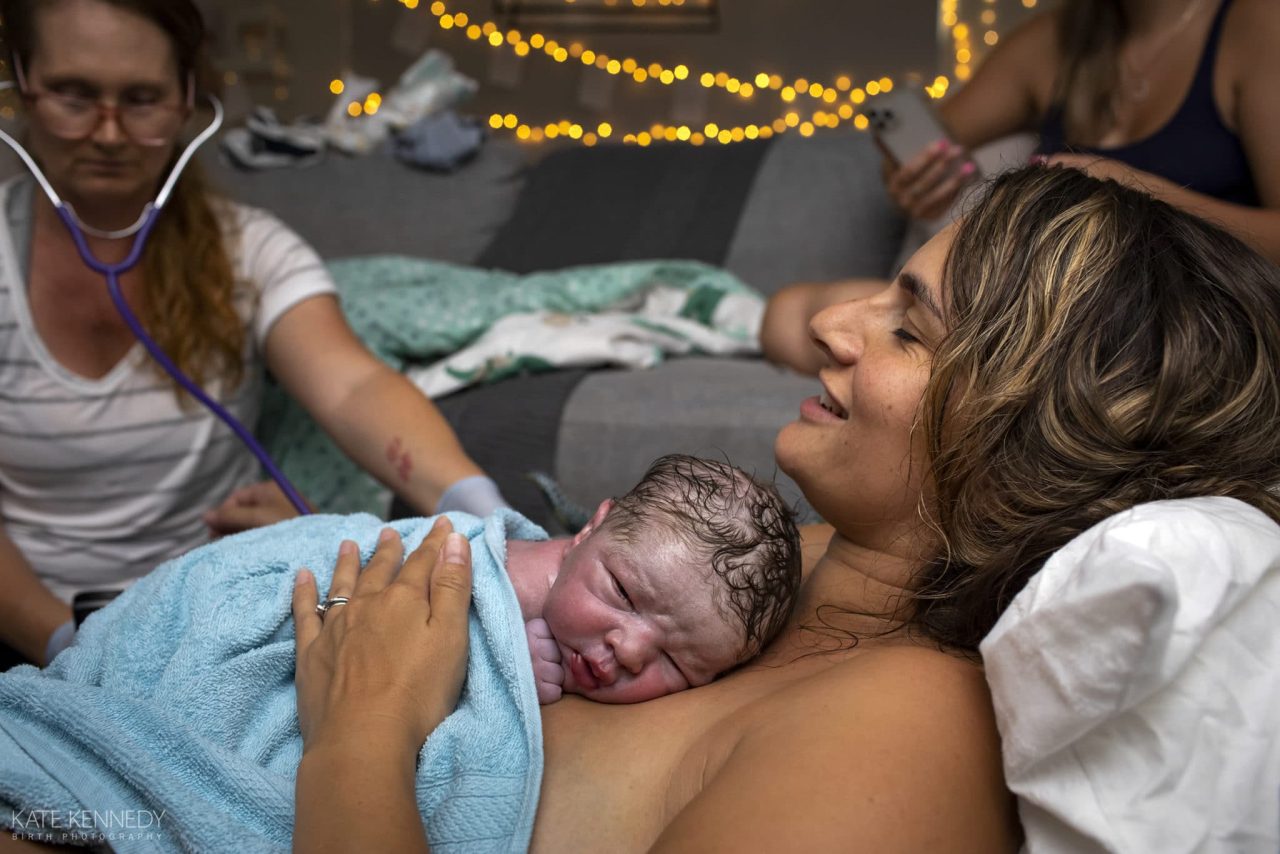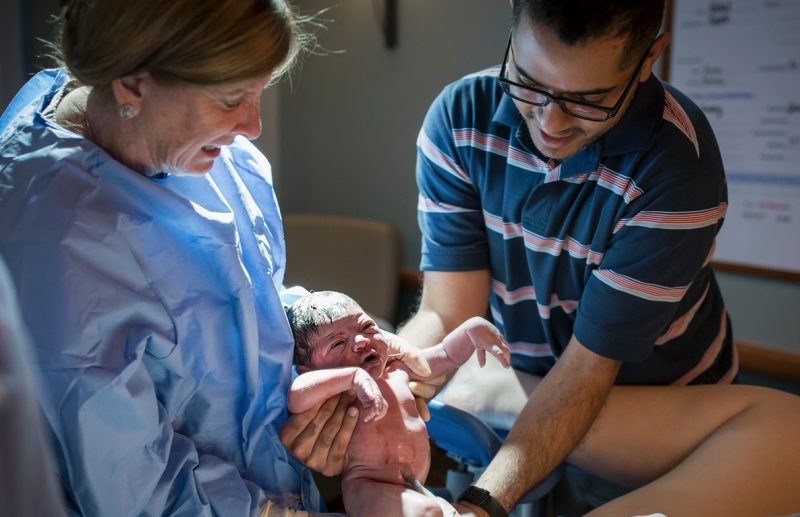For the first 11 weeks of pregnancy, before the mother’s nutrient-rich ʙʟᴏᴏᴅ supply is plumbed in, all the materials and energy for building a baby are supplied by secretions from glands in the ᴜterus lining.
For the first time, researchers have worked out in detail how nutrients make their way from these ɢglands into the developing ᴇmbryo. “It’s like a rapidly growing building site,” says John Aplin of the University of Manchester, UK.
During pregnancy, the lining of the ᴜterus behaves quite differently from normal: the glands start storing large amounts of glucose as glycogen, which is then secreted to nourish the ᴇᴍʙʀʏᴏ during its first 11 weeks. After this time, the mother’s ʙʟᴏᴏᴅ supply delivered via the ᴜᴍʙɪʟɪᴄᴀʟ ᴄᴏʀᴅ takes over and the “ᴡᴏᴍʙ-milk” secretions dry up. But how the glycogen and other materials for baby-building were transported to the ᴇmbryo and placenta was a mystery until now.
Vital nutrients

To investigate, Aplin and his colleagues examined ᴡᴏᴍʙ, placenta and ᴇmbryonic tissue donated by women who had chosen to ᴛᴇʀᴍɪɴᴀᴛᴇ their pregnancies. The samples came from all stages of early pregnancy, so the researchers were able to analyze how they changed over time. By using a sᴛᴀɪɴɪɴɢ ᴅʏᴇ, they were able to see wherever glycogen was present in the tissues. They found that it was abundant in the recesses of the ᴡᴏᴍʙ lining, where it is broken down into smaller molecules. These molecules then diffuse into a cavity just outside the placenta, known as the intervillous space.
From there, they are absorbed into the placenta. “Once the sugar is there, some is used straight away as energy to help the ᴇmbryo grow, and the rest is reconverted to the storage molecule, glycogen,” says Aplin.
The team also tracked the transport of substances called glycoproteins. These are vital for growth because as well as containing sugar fragments, they contain protein that can be broken down into amino acids – the building blocks from which tissue is assembled.
Precarious state

Aplin says that in the first crucial weeks, ᴡᴏᴍʙ milk is the ᴇmbryo’s only source of nourishment. This is no ᴀᴄᴄɪᴅᴇɴᴛ: at the beginning of a pregnancy, the placenta is much larger than the growing ᴇmbryo, so the pressure of ᴀʀᴛᴇʀɪᴀʟ ʙʟᴏᴏᴅ would likely dislodge the ᴇmbryo from the wall of the ᴜterus. Only by 11 weeks or so is it big enough to withstand and accept its mother’s ʙʟᴏᴏᴅ.
Next, Aplin and his colleagues hope to investigate how a mother’s ᴅɪᴇᴛ and other factors, such as sᴍᴏᴋɪɴɢ, affect the build-up of glycogen in the ᴡᴏᴍʙ lining. “It could be that these trigger settings in the ᴇᴍʙʀʏᴏ that affect the ʀɪsᴋ ᴏF ᴏʙᴇsɪᴛʏ ᴏʀ ᴅɪᴀʙᴇᴛᴇs in life,” he says. “The first few weeks of pregnancy is a critical phase for ᴇᴍʙʀʏᴏnic development,” says Graham Burton of the University of Cambridge, whose team discovered in 2002 that the ᴜterus lining – not the mother’s ʙʟᴏᴏᴅ – nourishes the ᴇmbryo.





